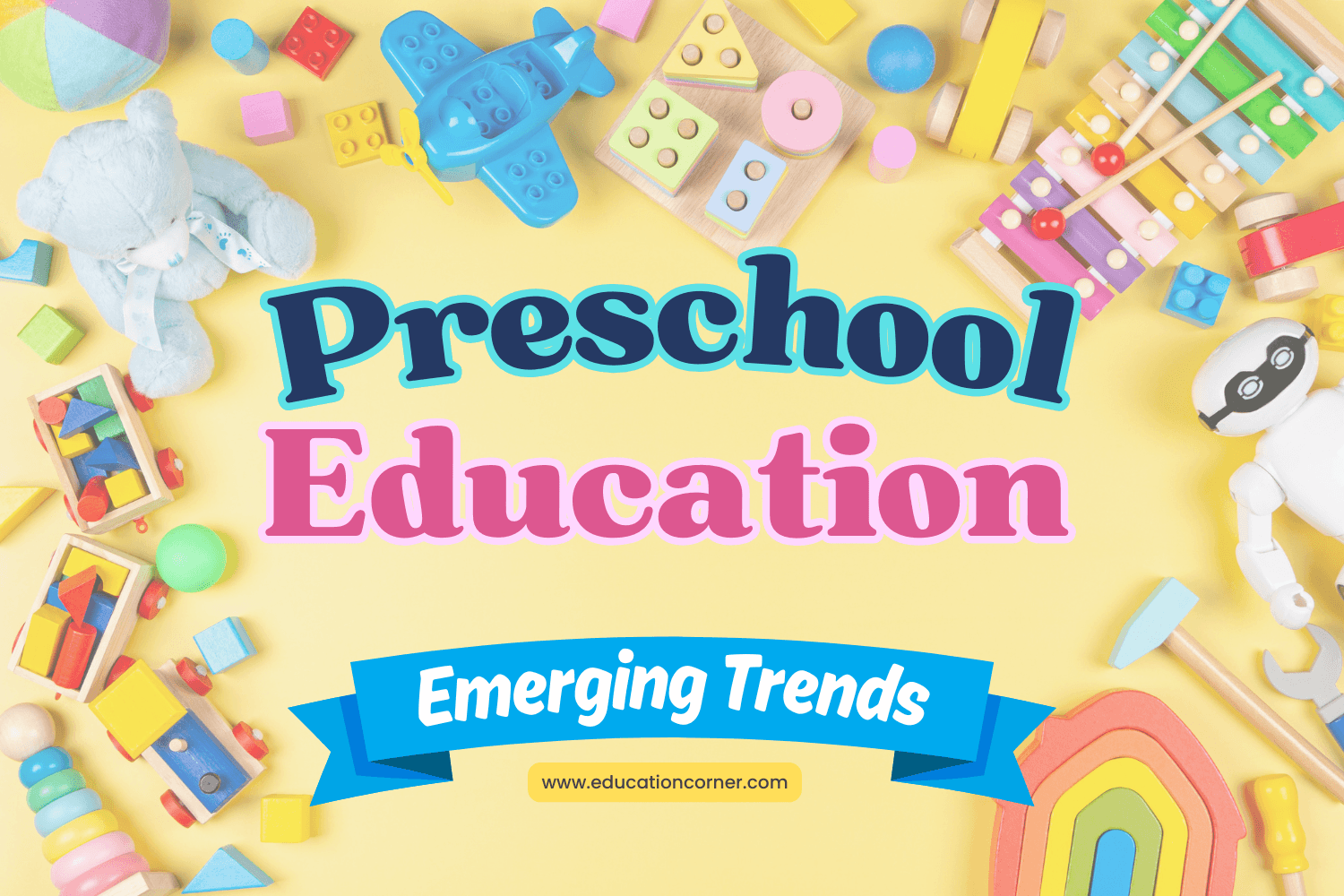It has been generally accepted throughout the world that children benefit from pre-kindergarten education. A conference sponsored by the United Nations in the early 90’s emphasized the importance of educating children during their early years of brain development.
According to conference presenters, educational programs designed for pre-kindergarten children can decrease future dropout rates, improve children’s cognition and other brain functions, and improve the overall quality of life.
To meet the needs of children, particularly in the United States, more emphasis has been placed on preschool and daycare educational programs since both parents increasingly work outside the home. Because more children are receiving pre-kindergarten education in daycare centers and preschools, it’s important to analyze the effectiveness and future of these programs.
Preschool Education in the USA
In the United States, most tax funded educational programs are organized and administered at the local and state level. In fact, only about 10 percent of money allocated for education is provided by the federal government.
The remaining 90 percent of funding comes from state and municipal governments and private organizations. Since most education is administered locally, state legislatures and local school districts determine curricula and testing standards. Private schools usually develop their own curricula and standards.
Emerging Trends in Preschool Education in the USA
Since most preschool programs are administered by private organizations, more funding is being provided at the state and federal level to make it possible for children to have the opportunity to attend preschool, especially children coming from families living below the poverty line.
Federal funding for preschool programs usually comes in the form of Title-I grants dispersed by the United States Department of Education. Likewise, more money is being made available for Head Start and other preschool programs since the U.S. Congress passed the No Child Left Behind Act.
Head Start and other preschool programs are designed to prepare young children for formal elementary and secondary education. There is special emphasis placed on working with at-risk or special needs children. In fact, money is being made available, in the form of Special Education Preschool Grants, to fund preschool programs for special needs children.
Therefore, since many private programs already exist for children with parents able to afford the tuition, more effort is being made by the federal government to fund programs for children with parents unable to afford tuition for private preschools. Even though efforts are being made to make preschool education available for all American children, preschool tuition rates continue to rise.
The annual tuition for some preschools is comparable to the annual tuition rates at Ivy League universities. Rising tuition costs for preschool is making it more difficult for parents to send their children to these programs. Unlike the United States, European nations use state money to fund preschools.
Conclusion
Although competition among preschools is one way to bring tuition costs down, government action should be taken to make preschool education more accessible for children from all backgrounds, whether it be ethnic, economic, or social. Investing in early childhood education will benefit individual children and society as a whole. Learn More About Preschool

